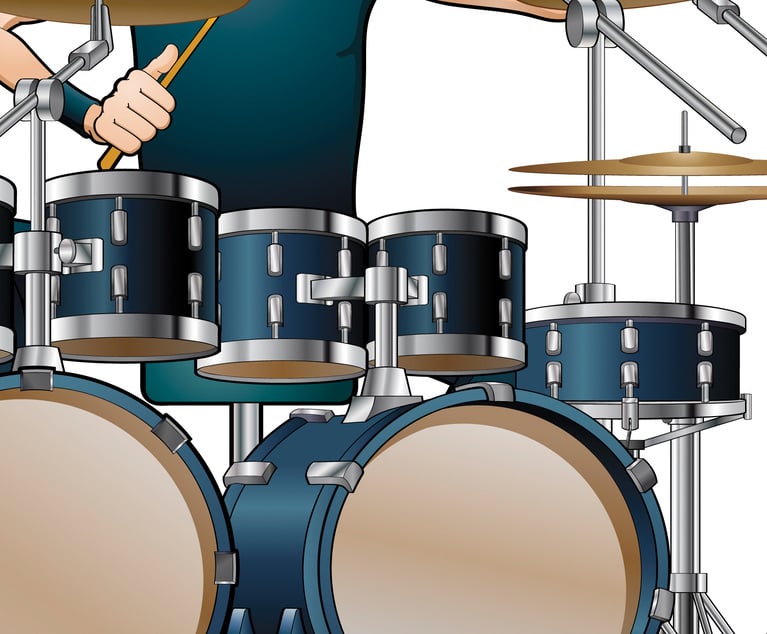 Defense litigators familiar with personal injury actions are all well-acquainted with the oft-seen practice of seeking a CPLR 5501(c) comparable case analysis to determine whether a given award for pain and suffering “deviates materially from what would be reasonable compensation”—in practice, whether it deviates materially from awards sustained by other courts for similar injuries. Less often seen is the use of the same statutory provision to seek a comparable case review for awards for future medical expenses. And yet not only does such a review further the policy goals of CPLR 5501(c), but it has been successfully used to reduce outlandish future medical expense awards. We recommend, therefore, that defense attorneys advocate more aggressively for CPLR 5501(c) comparative case analysis review of future medical awards.
Defense litigators familiar with personal injury actions are all well-acquainted with the oft-seen practice of seeking a CPLR 5501(c) comparable case analysis to determine whether a given award for pain and suffering “deviates materially from what would be reasonable compensation”—in practice, whether it deviates materially from awards sustained by other courts for similar injuries. Less often seen is the use of the same statutory provision to seek a comparable case review for awards for future medical expenses. And yet not only does such a review further the policy goals of CPLR 5501(c), but it has been successfully used to reduce outlandish future medical expense awards. We recommend, therefore, that defense attorneys advocate more aggressively for CPLR 5501(c) comparative case analysis review of future medical awards.
Historical Development. Hard as it may be to imagine, New York, not so very long ago, once seemed poised to adopt a hard cap on pain and suffering damages. The subject had been fiercely debated in the 1980s, when the Jones Commission actually proposed such a cap, and while that debate ended in a compromise—the adoption of CPLR 5501(c)’s “deviates materially” standard, at the urging of then-Governor Mario Cuomo—a new surge of enthusiasm for tort reform followed in the 1990s.






